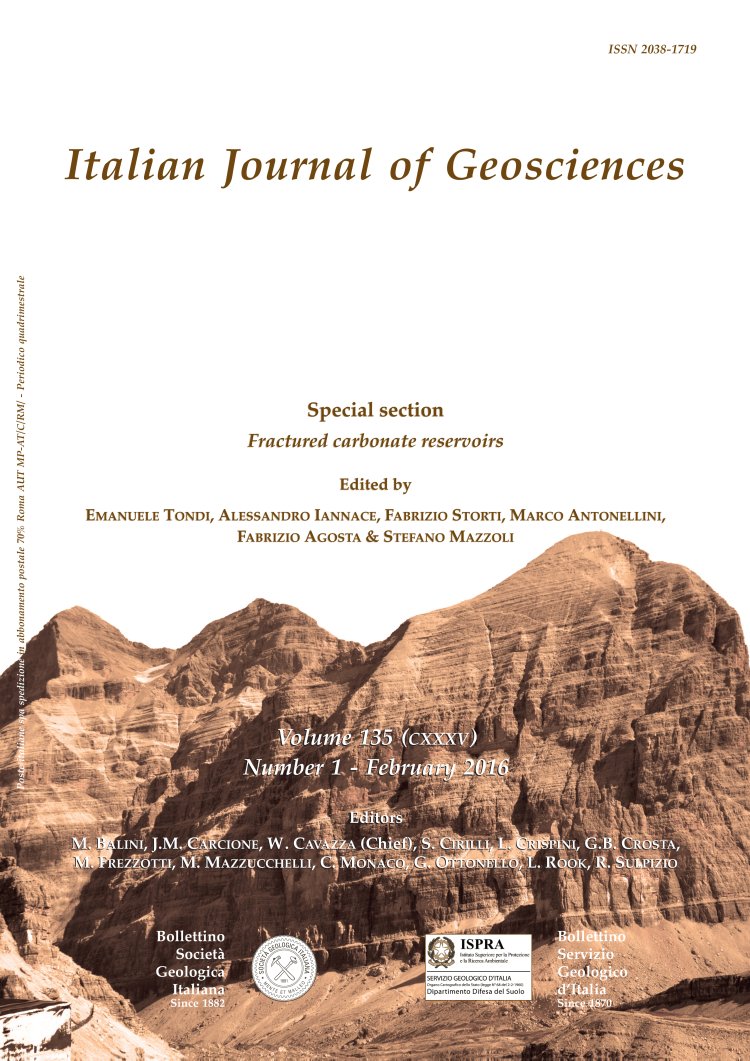
Amphibole-bearing listwaenites from the Paleozoic Bayazeh ophiolite (Central Iran)
Nargess Nosouhian (*), Ghodrat Torabi (**) & Shoji Arai (***)
(*) Department of Geology, University of Isfahan, Isfahan, 81 -7467-3441, Iran. Tel: +98(031)37932165, Fax: +98(031)37932152. Corresponding author e-mail: Nosouhian@gmail.com
(**) Department of Geology, University of Isfahan, Isfahan, 81 - 7467-3441, Iran. E-mail: Torabighodrat@yahoo.com
(***) Department of Earth Sciences, Kanazawa University, Kanazawa, 920 - 1192, Japan. E-mail: Ultrasa@staff.kanazawa-u.ac.jp
Volume: 135 (2016) f.1
Pages: 109-119
Abstract
The Paleozoic Bayazeh ophiolite is situated in the western part of the Central-East Iranian microcontinent (CEIM). This ophiolite consists of serpentinised peridotites, metagabbros, metamorphosed ultrabasic dykes, metapicrites, serpentinites and metamorphosed listwaenites which are covered by Late Paleozoic schists and marbles. The unique petrological characteristic of this ophiolite is due to regional metamorphism, which produced listwaenites by carbonation of serpentinites. The mineral association of the Bayazeh metamorphosed listwaenites is represented by amphiboles (tremolite and actinolite), carbonates (dolomite and calcite), quartz, serpentine (antigorite), chromian spinel, ferritchromite and chlorite (pycnochlorite). The main textures are nematoblastic and granoblastic. Rockforming minerals and the association of the outcrops with serpentinites indicate that the amphibole-bearing listwaenites were generated by regional metamorphism of serpentinites. The mineral assemblage of these rocks and the chemical composition of chromian spinels and amphiboles reveal that these minerals were metamorphosed under upper greenschist to lower amphibolite facies P-T conditions. Relicts of well-preserved chromian spinel cores in the studied rocks were used as a petrogenetic indicator. The high Cr and Mg values, together with the low Fe3+ and Ti contents of the serpentinite chromian spinels confirm their magmatic nature. The chemical characteristics of the investigated chromian spinels suggest that the protolith should have been a harzburgite belonging to a suprasubduction zone geotectonic setting.
Keywords
Get Full Text